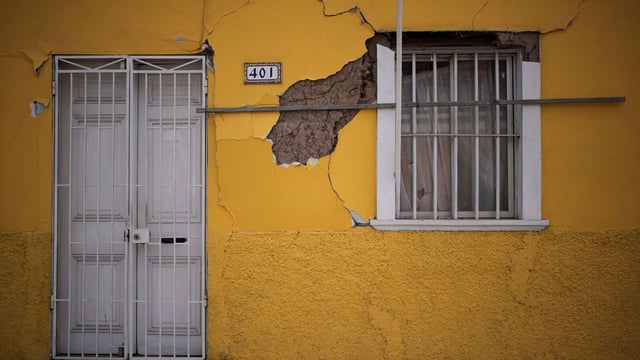Overview
- NCS data show that a magnitude 3.9 quake struck on June 30 at 14 km depth following a magnitude 4.2 tremor at 10 km depth on June 29.
- Shallow depths of 10–14 km amplify ground shaking and raise the potential for structural damage compared with deeper earthquakes.
- Nepal’s position on the convergent boundary of the Indian and Eurasian plates and its location in a subduction zone drive ongoing seismic stress in the Himalayan region.
- International bodies such as the USGS supply seismic data to bolster Nepal’s real-time monitoring and early warning capabilities.
- Experts note that uneven enforcement of post-2015 quake building codes leaves many structures in remote Himalayan areas exposed to future tremors.

